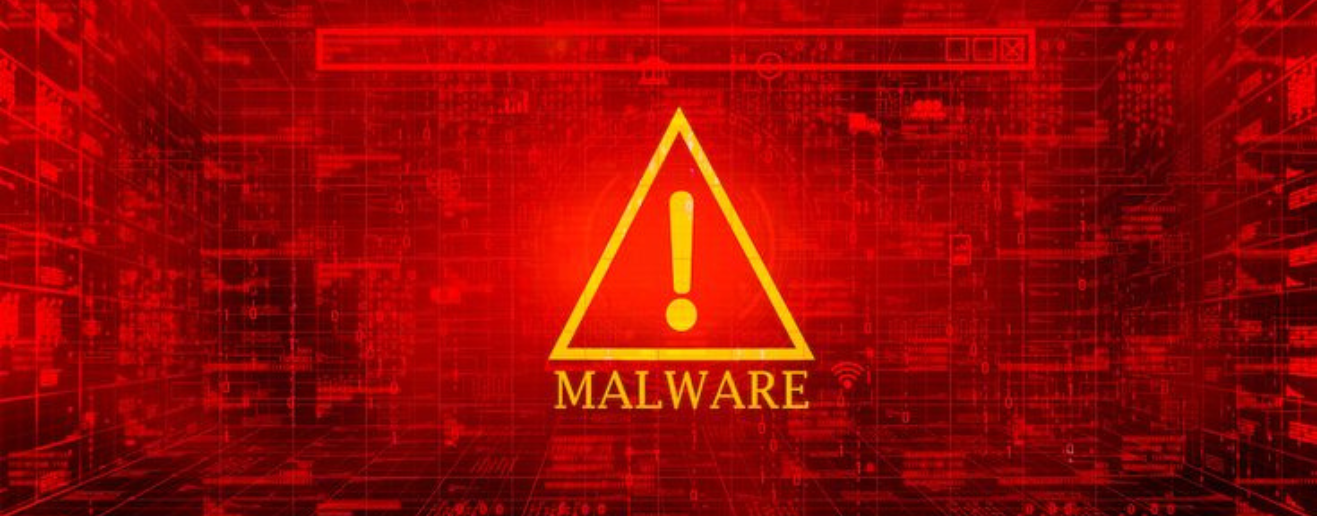What is Malware?
Now in our industry, Malware is the most interesting topic, malware is grasping all terms for any type of malicious and harmful software designed to harm any programming device or service and network. Cybercriminals use for to gain user’s banking data that they can make the financial loss of the user. Victims can save from malware using a good antivirus
Malware is the collaboration name for many numbers of malicious, including ransomware and any type of software virus and spyware. It use consists of code created by hackers, for malicious software, designed to cause extensive damage to data and systems or to gain unauthorized access to a network. This Malware is spared in the form of a link or file over email and requires the user to click on the link or open the file to execute the malware.
Malware has been a threat to any kind of network, individuals, and organizations back in the early 1970s when the first time the Creeper virus appeared. Since then, the all network in the world has been under malware attack from thousands of different malware variants, all with the intent they make most of disruption and damage as possible.
Malware, which is defined in short term as malicious software, is a blanket term for any type of viruses and worms and also trojans and other harmful computer programs using by hackers to wreak destruction and gain access to sensitive information.
The main question is, what the difference is between virus misses and malware the point a bit: a virus is a type of malware, so all viruses are malware but not every piece of malware is a virus.
What Malware Does In your system?
Malware delivers its payload in any link or number and using many different ways. From demanding a ransom to stealing user’s sensitive and important personal data, cybercriminals are becoming more and more sophisticated in their methods.
Different Types of Malware
There are 22 types of malware:
Virus
The virus is one of the most common types of malware, viruses have done their work using this method, they attach their malicious code to clean code and wait for an unsuspecting user or an automated procedure on a user device to execute them. One of the most harmful viruses is a biological virus, they can spread very fast and widely, causing damage to the core functionality of systems, corrupting files, and locking users out of their computers. They are usually contained within an executable file.
Worms
Worms are getting named from the way they infect systems. Starting from the firstly infected machine, they weave their way through the network, connecting to consecutive machines to continue the spread of infection. This type of malware can infect entire networks of devices they spread very quickly.
Spyware
Spyware, as its name suggests, is designed for collecting information on what a user is doing. Hiding behind on a computer, this type of malware will steal personnel information without the user knowing, such type is as credit card details, users passwords, and other sensitive and important information.
Trojans
Just similar Greek soldiers hid in a giant horse to doing their attack, this type of malware hides within or disguises itself as legitimate software. Acting discretely, it will be creating backdoors that give other malware variants easy access.
Ransomware
Ransomware Also spared as scareware, it comes with a heavy price. Able to completely stop networks and lockout user’s data a ransom is paid, ransomware has targeted some of the biggest organizations in the world today — with very expensive results.
Rootkits
A rootkit is a collaboration of malware designed to give users unauthorized access to a computer or area of its software and often masks its existence or the spared of other software.
Rootkit installation can be install automated or the attacker can gate it with the help of administrator access.
Keylogger
Keylogger is also available in smartphones there type is Keyloggers, keystroke loggers, or system monitoring malware used to monitor and record and store the information of the user. A keylogger sends all stored information to the attacker. hen extract sensitive information like login credentials and credit card details.
Grayware
Grayware is unwanted applications or files that are not counted in malware but can worsen the performance of computers and cause security risks.
Fileless malware
Fileless malware is one of the types of malicious malware and software that uses programming like legitimate programs to infect a computer. It does not rely on files and leaves no footprint, making it is very difficult and challenging to detect and remove.
Adware
Adware is just like grayware designed to put advertisements, pop-ups, show on your screen and web browser. Basically, it distinguishes itself as legitimate or piggybacks on another program using a link to trick you into installing it on a user’s computer, tablet, or smartphone.
Malvertising
Malvertising is spectated and malicious advertising is the use of advertising to spread malware. It is typically spared in the mail, any random link, web browser.
Bots and Botnets
A bot is a computer is allowed attacker get remote access of computer and infected with malware on your computer.
Botnets are a popular method use for spreading denial of service (DDoS) by attacks in your suaver.
Backdoor
A backdoor is defined as accessing a computer system or encrypted data that bypasses the system’s customary security mechanisms.
A developer creates a backdoor for that an application or operating system can be accessed for troubleshooting or other purposes. Attackers create and use a backdoor that they detect or install themselves in the user computer as part of an exploit. At some time, a worm or virus and other malware are used to the advantage of a backdoor created by an earlier attack.
Browser hijacker
A browser hijacker has also known as hijackware its form changes in the behavior of a web browser by sending the user to a new page on desktop and changing their home page, installing unwanted toolbars, displaying unwanted ads, or directing users to a different website for marketing the new product.
Crimeware
Crimeware is a type of malware designed to caret automate cybercrime. It is designed to steal banking information of corporate espionage. crimeware access the victim’s finances and make unauthorized transactions
Malicious mobile apps
Malicious apps are designed to steal user information and attempt to extort users, gain access to corporate networks to the hacker, show forcefully users to view unwanted ads or install a backdoor on the device.
RAM scraper
A RAM scraper is a type of malware that collects the data provisionally stored in memory or RAM. This type of malware often targets point-of-sale (POS) systems like cash registers because they can deposit unencrypted credit card numbers for a brief period of time before encrypting them than moving them to the back-end.
Rogue security software
Rogue security software cheats users into believing their system has a security problem such as a virus and entices them to pay to have it removed. In reality, fake security software is the malware that requires to be removed.
Cryptojacking
Cryptojacking is a variety of malware that uses a victim’s computing skill to defend cryptocurrency. crypto mining happens when cybercriminals hack into business and personal computers and mobile devices to install software
Hybrid malware
Nowadays most of the malware is a combination of subsisting malware attacks, often trojan horses, worms, viruses, and ransomware.
For case, a malware program may appear to be a trojan but once performed it may act as a worm and try to attack victims on the web.
Social engineering and phishing
While social engineering and phishing aren’t malware per Se. They are popular distribution mechanisms for malware attacks. For illustration, a phisher may be working to get a user to log into a phishing website but may also connect an infected addition to the email to increase their opportunities for success.
Bugs
Similar to social engineering and phishing, bugs are non-malware but they are can start up vulnerabilities for malware to misuse. A pattern is an EternalBlue vulnerability that was in Windows operating systems that led to the cover of the WannaCry ransomware cryptoworm.
Ways of Malware Spread?
Each type of having own separate way, and most rely on user action of some kind. Some malware is delivered over from fake email via a link or executable file. Others are delivered via instant messaging or social media, any random link this send by hackers. Even mobile phones are vulnerable to attack. Malware always finds a chance to enter your phone. The easiest way to protect from malware is to install a good antivirus
How to Protect Against Malware
Now that we understand more about malware and malicious thing and the different flavors it comes in. Let’s talk about cures. Protect two areas: first is protective tools and second is user vigilance. You can use an anti-malware solution consonantly monitoring your network; your online data or mail; web requests, and many other activities. That could put your device or your LAN or WAN at risk. the good user policies you can use for your network.
You can take help from RAM malware removal antivirus it has the policy to remove all types of malware which are malicious and harmful to your device. malware is mostly coming through the internet when you use your browser, use click on any random link, hackers are set a link for the tracking you. RAM Malware Removal scan the network or track and remove virus, any kind of hidden file, rootkits, and malicious registry keys embedded deep into your system files. Using the latest and advanced technique, the scanner is highly configurable and is known to detect previously unknown viruses. Ram malware removal has the high capability to remove any kind of malware in your device.








Leave A Comment